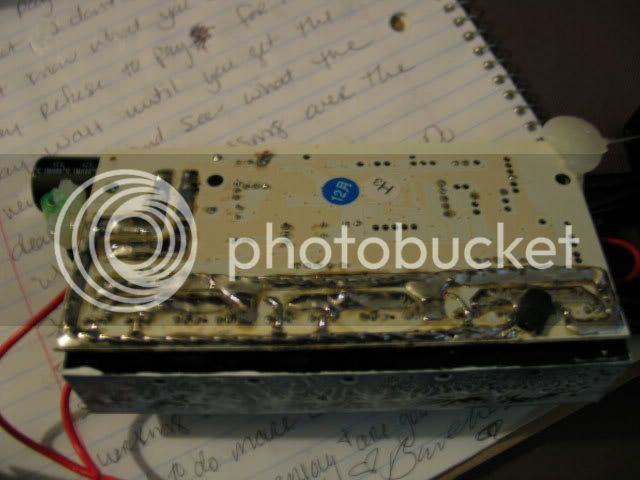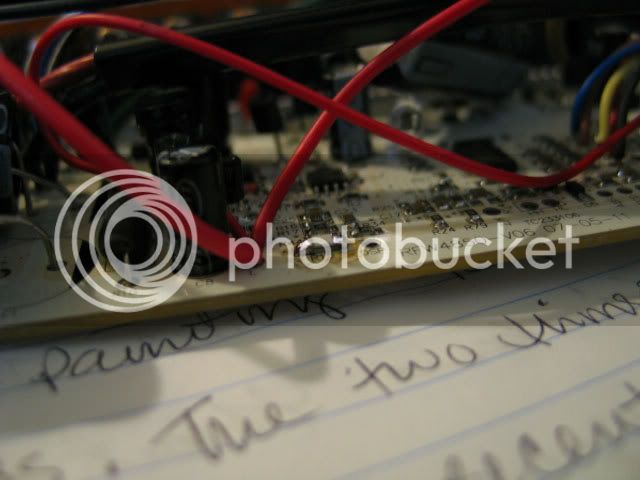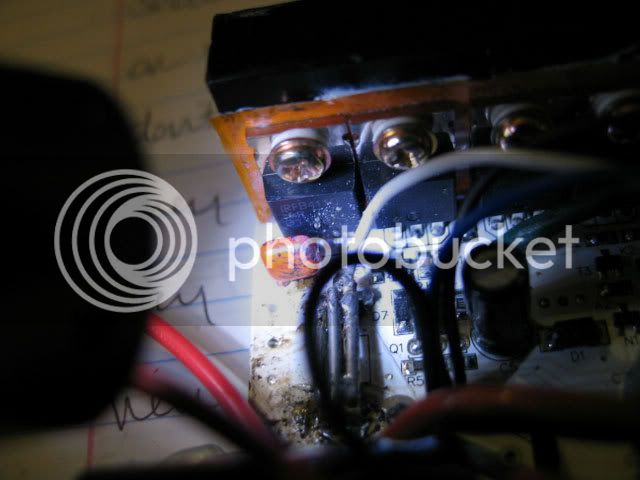Oh God, I'm freaking out. I got my wheel back today, and I got everything hooked up on the bike. Got the Throttle, Cycle Analyst, and motor plugged into the Controller. The controller was turned off. I hooked my batteries together, 1st set, positive to negative, positive to negative. 2nd set, positive to negative, positive to negative, then hooked both sets together, positive to positive, negative to negative. Then, I hooked the fuse to the battery's positive and negative andersons. Ok, I got all excited, ready to test ride my new e-bike. I plug the cable to the controller into the fuse cable coming from the batteries, making sure positive and negative were lined up. First, a spark, then a sizzling sound, then smoke coming out of the battery bag. I quickly disconnected the battery from the controller cable. The negative line fuse blew and melted completely. What's worse, is it fried one of the BMSs on one of the packs. HOW?!?! ISn't that what a fuse is suppose protect against. All of my other packs are fine, but if Put this one pack on the charger now, the red/green light strobes on the charger. That means the BMS is bad right? I'm scared to death to do anything else. What did I do wrong?! I soldered the battery cables on the batteries like I was suppose to. Now I need to buy another fuse setup and possibly another battery. I can't afford to keep putting money into this. 
What do I do? I'm freaking out.

What do I do? I'm freaking out.





















